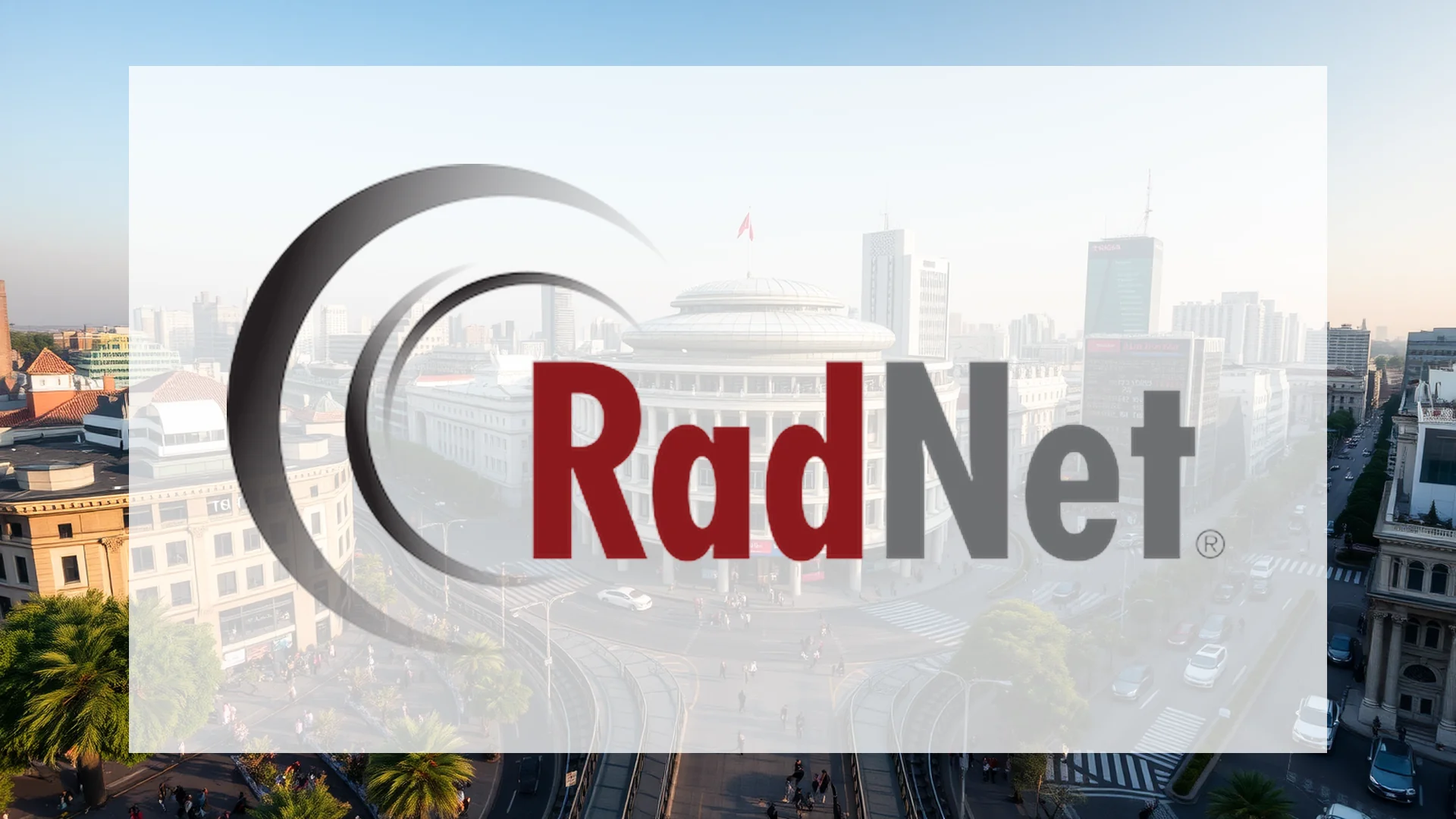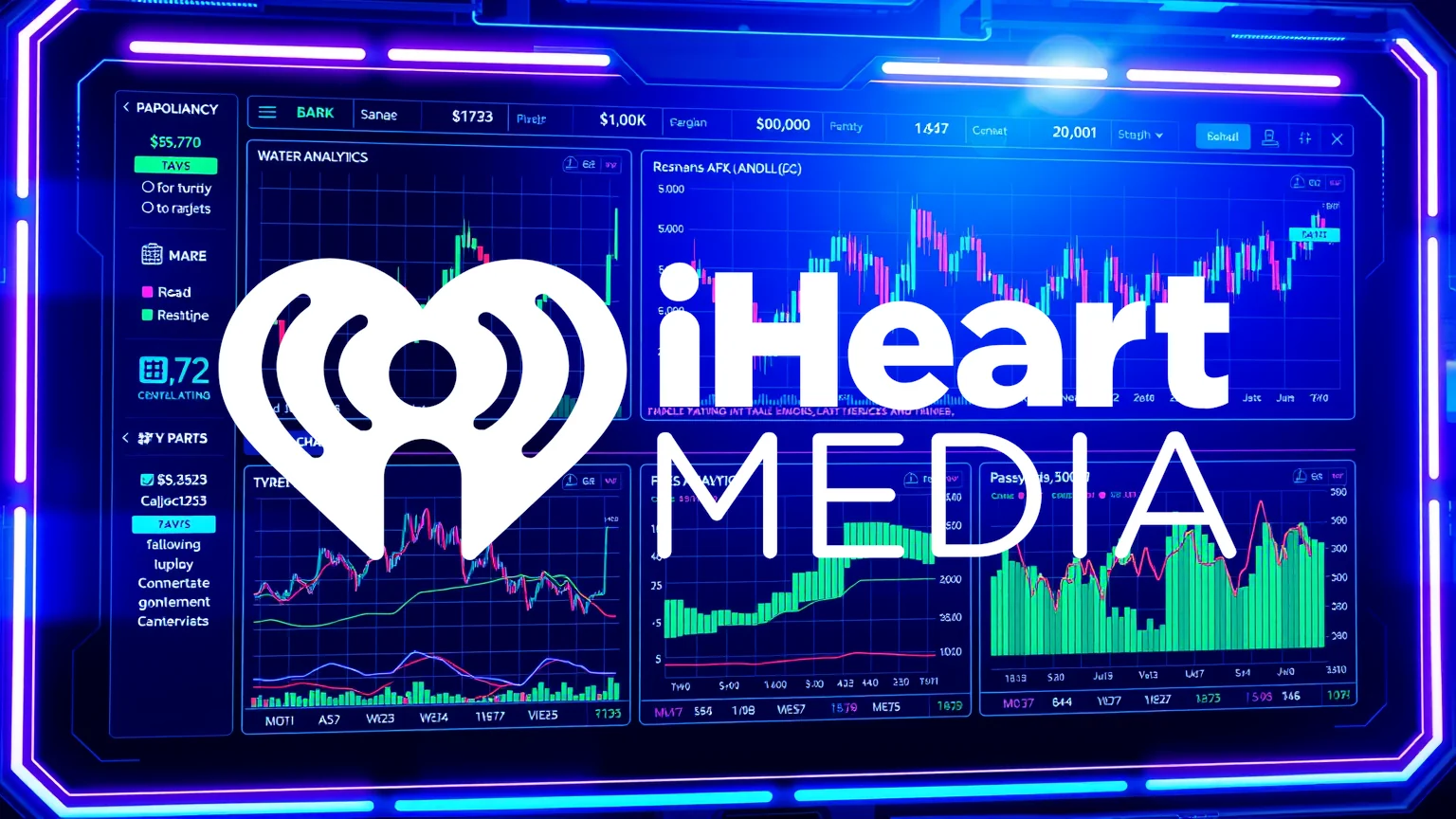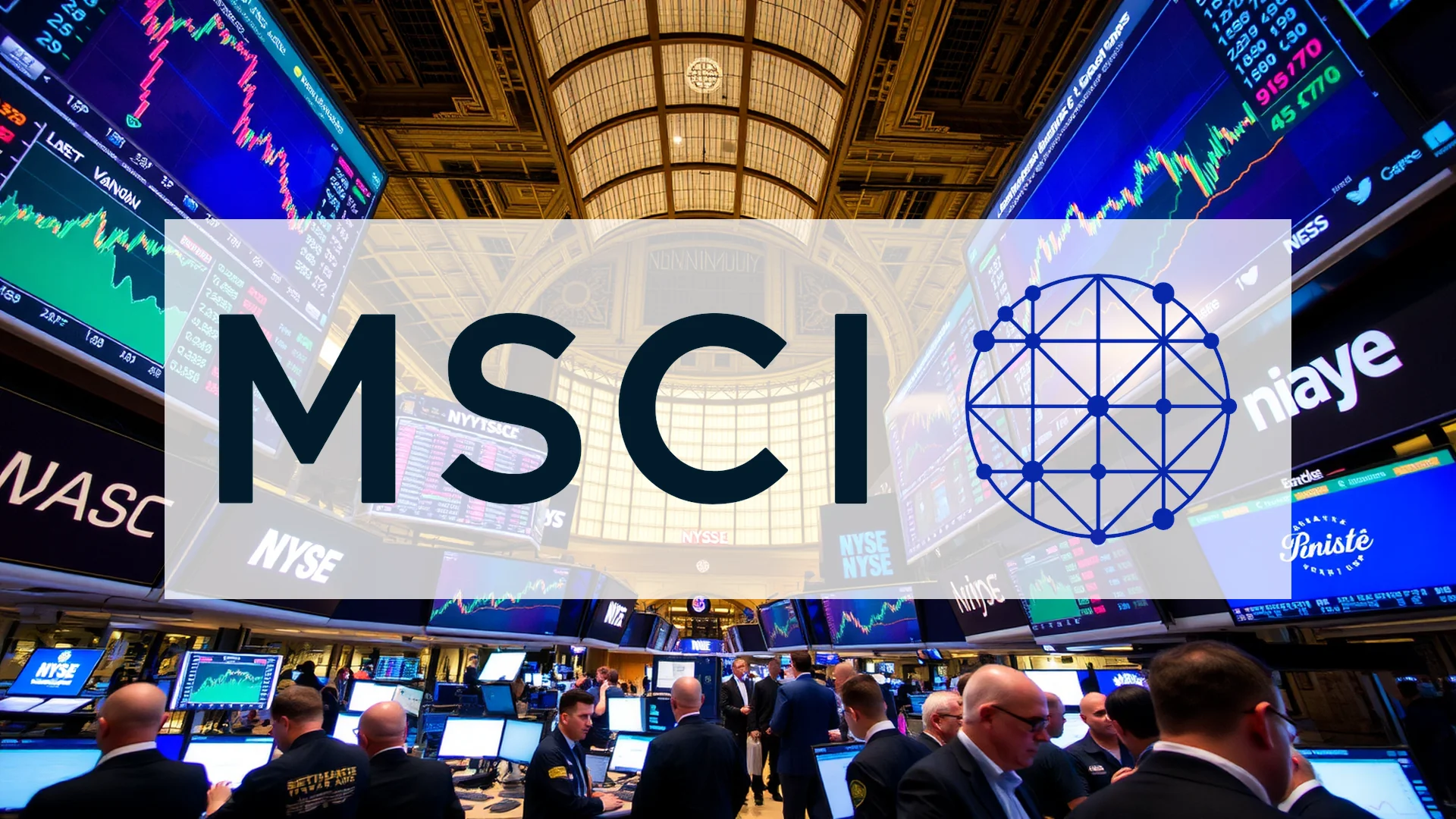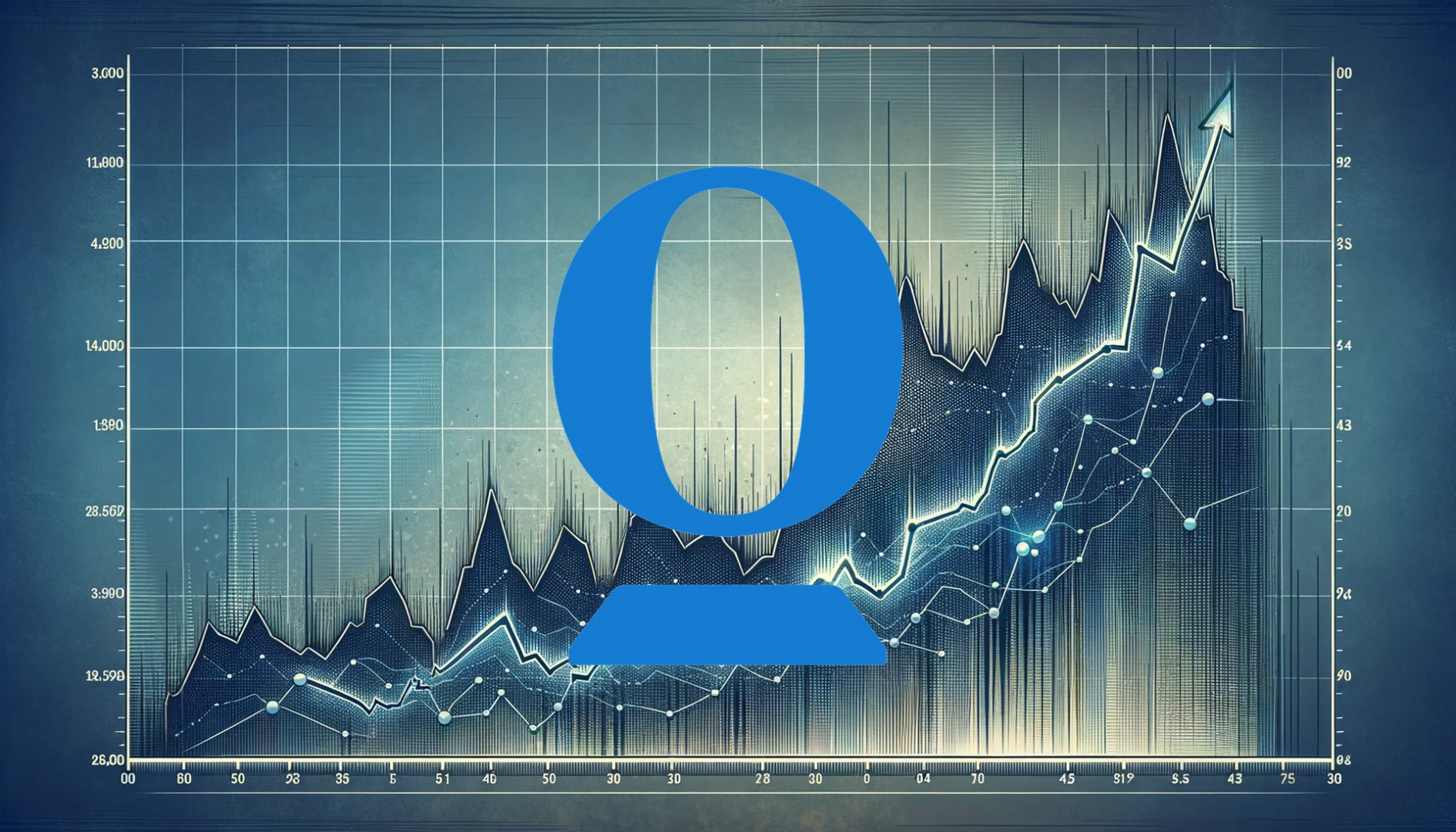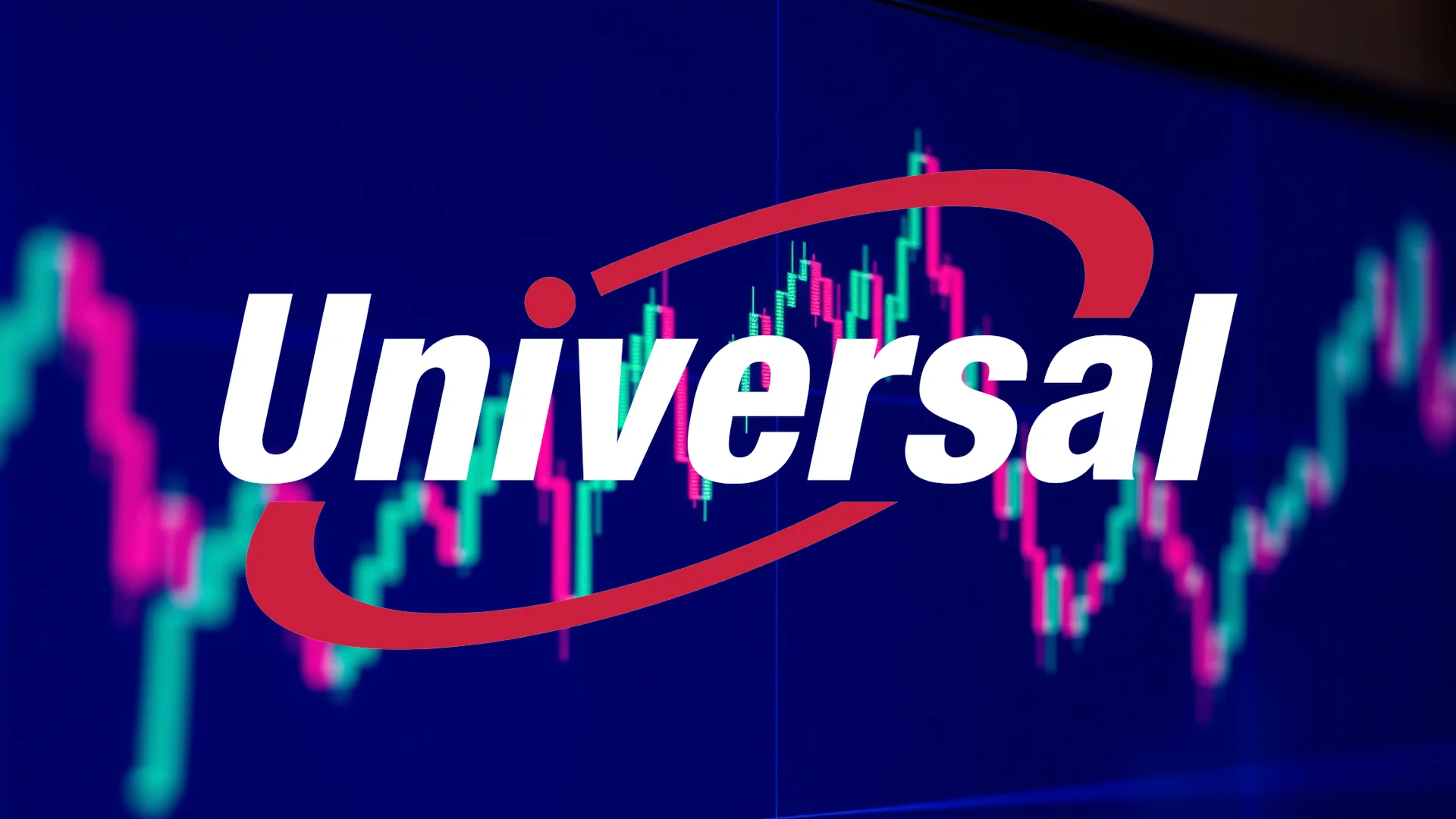The healthcare sector’s aggressive push into artificial intelligence is beginning to yield tangible results, with diagnostic imaging provider RadNet positioned as a potential primary beneficiary. A groundbreaking FDA clearance for an AI-powered brain health assessment tool has triggered a notable surge of optimism among investors. The central question now is whether this market enthusiasm can translate into sustained performance.
Financial Performance and Strategic Direction
RadNet’s digital health division is demonstrating remarkable growth momentum, reporting a 30.9% year-over-year revenue increase during the second quarter of 2025. This specialized segment is significantly outpacing the company’s overall growth, which registered at 8.4% for the same period. The organization’s operational efficiency is further highlighted by a 12.3% expansion in adjusted EBITDA, indicating healthy profitability beneath the top-line figures.
Critical events in the immediate future could determine the stock’s trajectory. On November 10, RadNet will disclose its third-quarter financial results, followed the next day by a highly anticipated Investor Day at Nasdaq’s New York headquarters. This event promises detailed insights into the company’s strategic priorities and innovation roadmap, with particular emphasis on its digital health and artificial intelligence initiatives.
Regulatory Milestone and Market Position
A transformative development occurred on October 17 when the U.S. Food and Drug Administration granted 510(k) clearance for RadNet’s “Brain Health AI” solution. This proprietary technology represents a significant advancement in early detection capabilities for dementia and related neurodegenerative conditions. Marketed under the DeepHealth brand, this innovation positions RadNet at the forefront of integrating artificial intelligence into medical diagnostics—a multi-billion dollar market segment still in its early development phases.
The company’s substantial infrastructure of 405 owned or operated diagnostic imaging centers provides a solid foundation for deploying these advanced technologies across a broad patient population.
Should investors sell immediately? Or is it worth buying RadNet?
Market Sentiment and Technical Indicators
Wall Street’s response to these developments has been overwhelmingly positive. Eight brokerage firms currently recommend purchasing RadNet shares, with three assigning their strongest “Strong Buy” rating. Notably, no analysts are advising clients to hold or sell the stock. Research firm Zacks recently upgraded its assessment from “Hold” to “Strong Buy.”
Analyst consensus is unmistakably bullish, with five research institutions identifying RadNet as a “Strong Buy” opportunity. Their collective average price target stands at $76.80 per share. This confidence stems not only from the recent regulatory achievement but also from the company’s extensive operational network.
From a technical perspective, the equity demonstrates strong upward momentum, trading comfortably above its key moving averages within a well-defined uptrend. However, the Relative Strength Index reading of 70.41 suggests the stock may have entered overbought territory in the near term.
The coming weeks will prove crucial in determining whether RadNet can effectively convert artificial intelligence promise into durable financial growth, ultimately shaping the investment narrative around this diagnostic imaging pioneer.
Ad
RadNet Stock: Buy or Sell?! New RadNet Analysis from December 8 delivers the answer:
The latest RadNet figures speak for themselves: Urgent action needed for RadNet investors. Is it worth buying or should you sell? Find out what to do now in the current free analysis from December 8.
RadNet: Buy or sell? Read more here...

